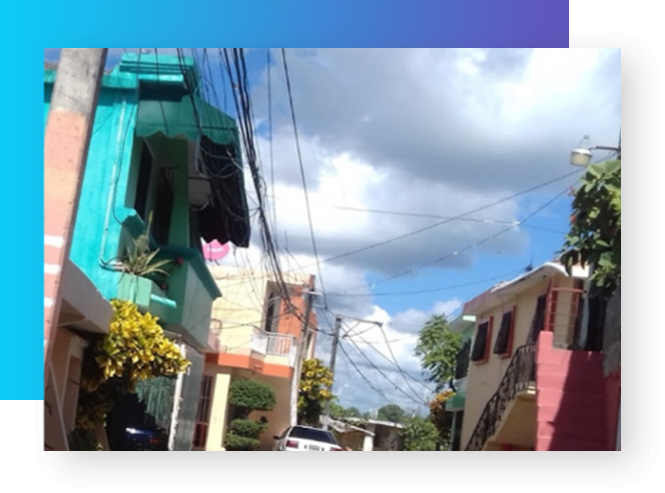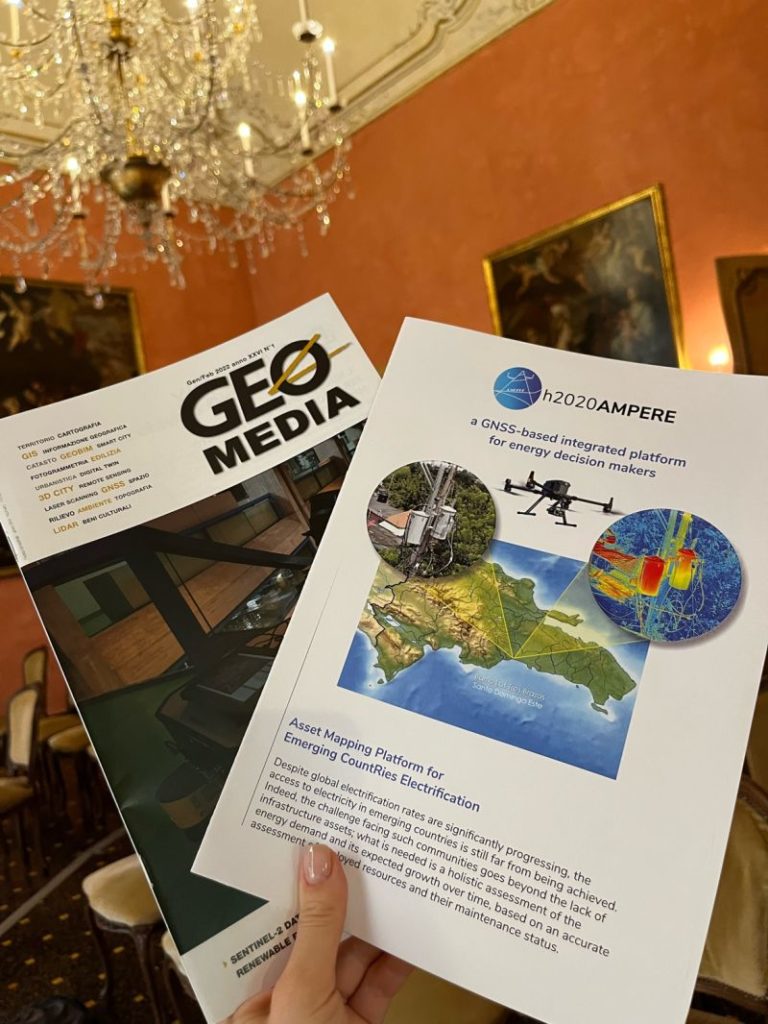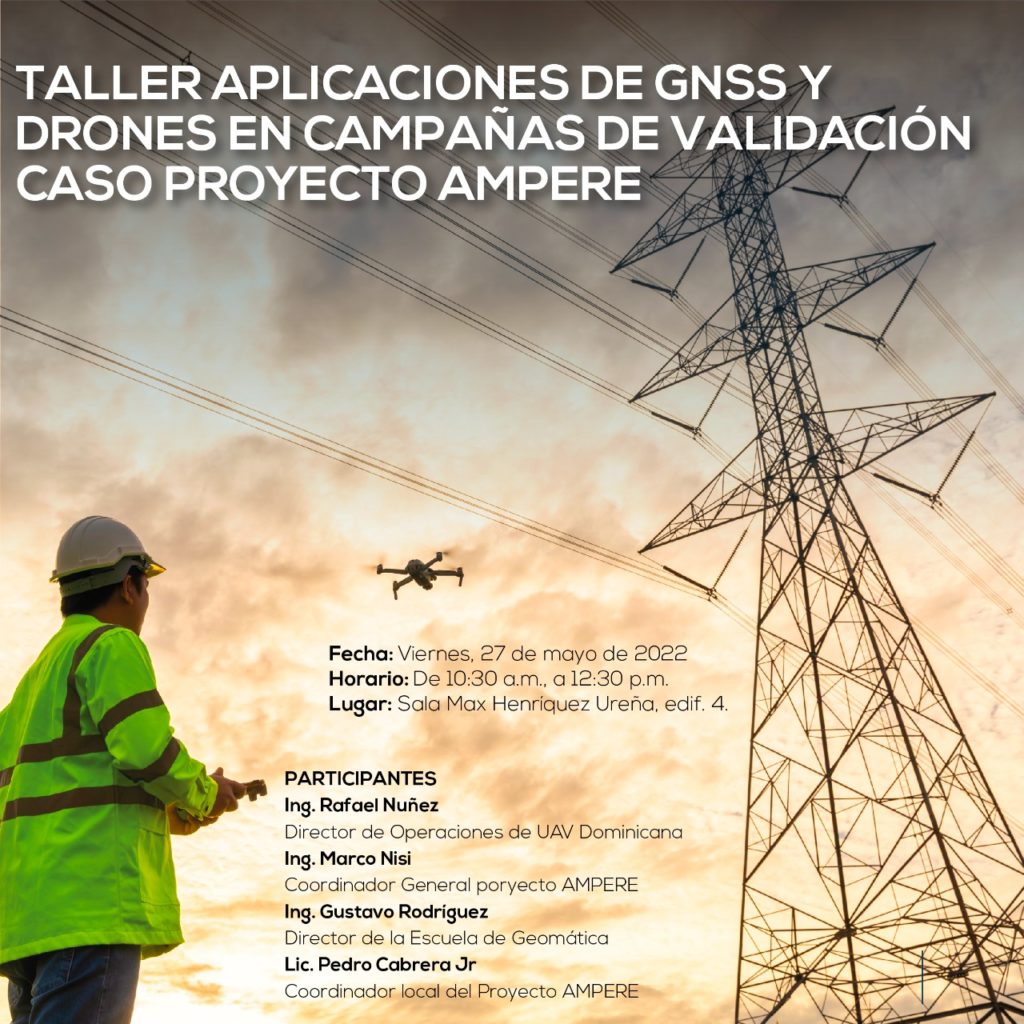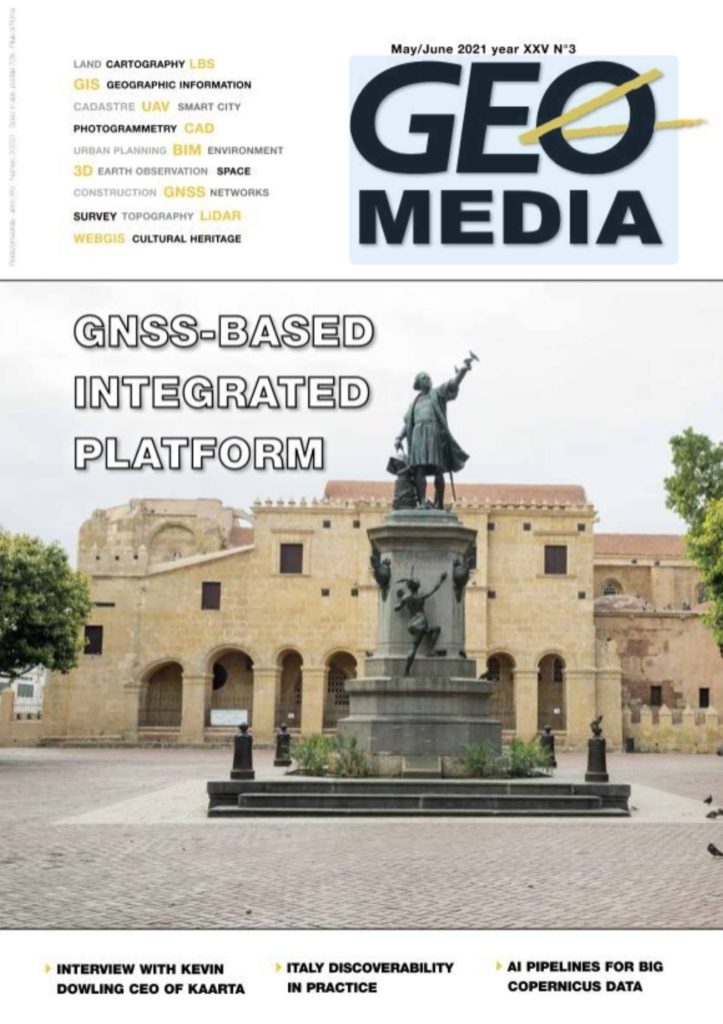AMPERE
Access to electricity is a big challenge worldwide affecting 1.3 billion people. Nowadays, emerging countries are facing with a pre-existing infrastructure whose topology is not known and request new technologies to support them for maintenance and planning of new deployment. As a mid term horizon, it is planned to reduce this range to less than 1.0 billion people by 2030. In this context AMPERE consortium aims at providing an important contribution to decision-makers stakeholders, planning cost efficient maintenance and new affordable strategies in the Green Deal era.
AMPERE
News
AMPERE
Asset Mapping Platform for Emerging countries Electrification
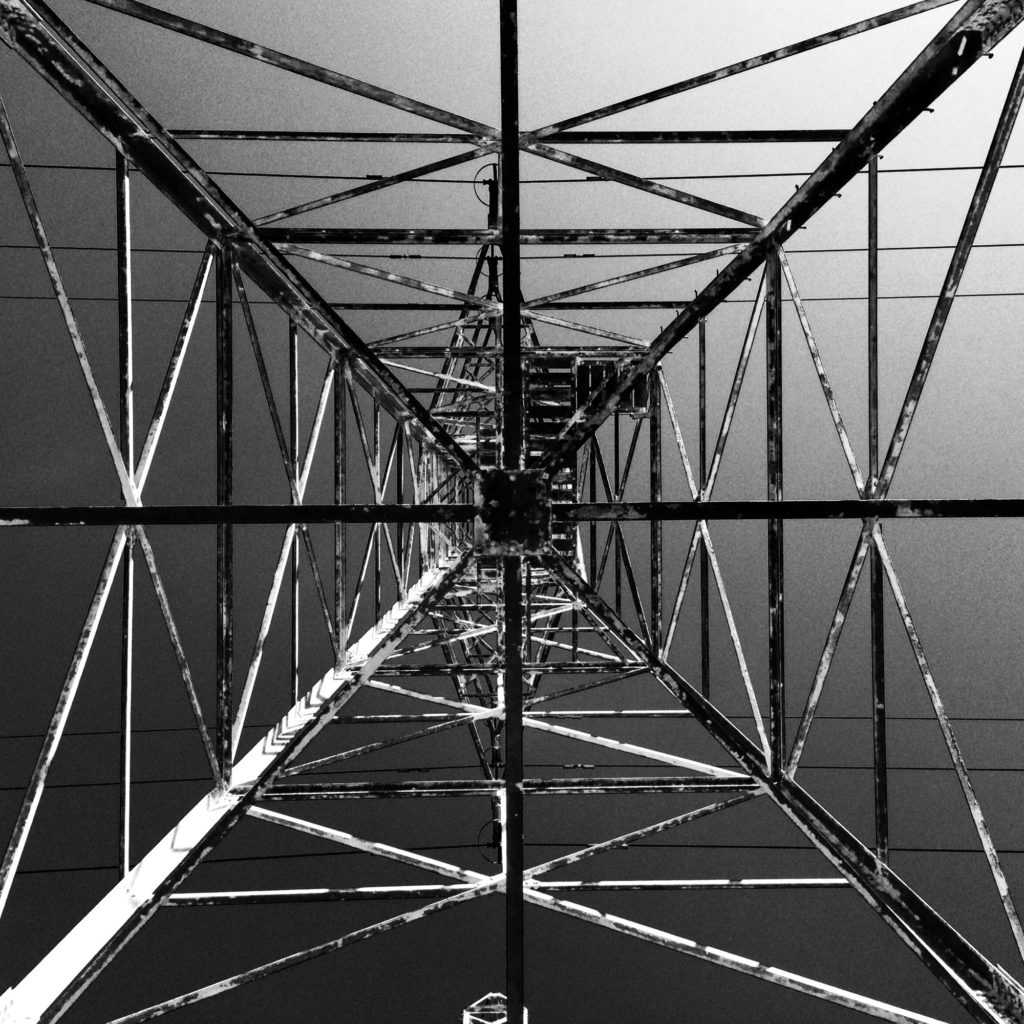



Context and necessity:
The need for network asset mapping
in emerging countries
Despite advances in overall global electrification rates, access to electricity for all is still far from achieved. The International Energy Agency (IEA) estimates that 1.2 billion people are without access to electricity, representing 17% of the global population.
As confirmed by A.R.E. (Alliance for Rural Electrification, www.ruralelec.org) in its annual report, this state of play still remains as some barriers, due to a high level of financial risk associated, prevent economies development, such as: inadequate regulation, policy gaps or uncertainty; early stage market fragmentation and unmade linkages; capacity issues and lack of standardization; lack of proven commercial business models; and lack of access to affordable longer term finance.
In such a scenario, it is noteworthy that, all over the world, Emerging Countries – with particular focus on Latin America, North Africa and APAC region -, are putting a huge effort into restoring historic areas in their cities, making them a first-class tourist destination.
A very interesting example is the situation in the capital city of the Dominican Republic (DO), Santo Domingo, where one big problem is still constituted by power and phone lines, which are still mostly aerial, making the area somehow precarious, potentially dangerous and chaotic, taking away from the simple beauty of it.

AMPERE
Solution
AMPERE solution
GIS Cloud
mapping technology

3D georeferenced
points cloud built using LIDAR
01
Geo-referenced images
images using camera-independent solution by drastically reducing the needed infrastructure
02
EGNSS
Usage as essential technology for geo referencing
AMPERE aims at exploring and exploiting Galileo advanced features -namely, High Accuracy Service (HAS) and E5 AltBOC- as a core element of the added-value asset mapping proposition. The nature of HAS is fitting very well the requirements of our application, especially due to the re-shaping of the once fee-based accuracy capability to an open, free-of-charge service delivering around 20 centimeter accuracy, versus the below-ten-centimeters PPP services, in lower convergence time.The key of Galileo HAS stands upon the high bandwidth of its E6-B channel, well suited to transmit PPP information, especially relevant for satellite clock corrections, which are not as stable in the medium and long term as the orbits. Additionally, the use of E5 AltBOC pseudo-ranges (which are cm-level precise with maximum multipath effects in the order of 1 m) supports fast ambiguity resolution for carrier phase observations.
The market is responding actively and positively to multi-frequency enhanced capabilities provided by Galileo. Around 40% of receiver models on the market are now multi-frequency. Also, in the mass market, with the launch of the world’s first dual-frequency GNSS smartphone by Xiaomi, and u-blox, STM, Intel and Qualcomm launching their first dual-frequency products earlier this year, multi-frequency is becoming a reality for user needing increased accuracy.

Galileo HAS converges naturally within this panorama by providing PPP-level accuracies and using different frequencies for ranging measurement and high accuracy information transmission. Initial developments on GNSS receivers with E6 tracking capabilities have been carried out, which indicates a predisposition of the market to adopt Galileo HAS when available.
In summary, AMPERE aims at Galileo HAS as an optimal solution for both aerial corridor mapping and image reconstruction due to the following:
- Adequacy of the accuracy provision to the application requirements: asset mapping is well served with decimetric accuracy given by PPP - thus, Galileo HAS -, and therefore, differential techniques are an overkill
- Independence from Ground Based augmentation systems (i.e. GNSS networks or local stations): this is key in developing countries, where GNSS networks might even be inexistent, and implies lower supporting infrastructure costs and risks.
- Reasonable operational conditions: convergence time in few minutes fits adequately in RPA operations, where set-up times are around minutes
- Minimal use or complete avoidance of ground control points: thanks to the high, PPP-like accuracy (down to 20 centimeters), GCP number is much reduced on the achievement of geo-referencing accuracy
SANTO DOMINGO
Validation Approach

